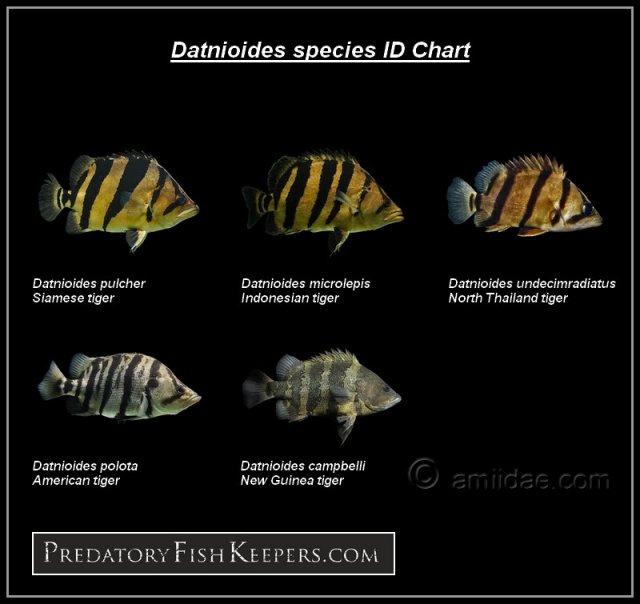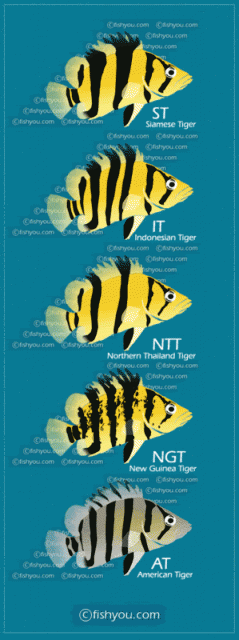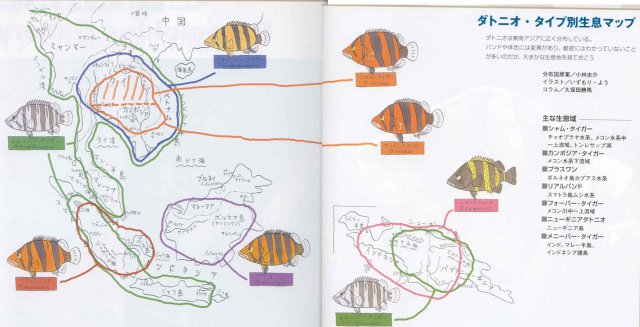General care and husbandry is more or less the same for all species with the exception of the AT.
IT are the most common variety available in the hobby and are typically the cheapest next to perhaps the AT. IT stability ranges from brown to gold with solid stripes to light tan color depending on several uncertain factors. They reach a size of approx 18-24".
ST are the least commonly seen variety now a days, I've never had the privilege of keeping one. From what I understand they were similarly abundant to what IT are now but due to their popularity largely because of their "widebar" and the fact that they rarely go unstable as well as excessive damming they are potentially on the brink of extinction. Their actual numbers in the wild are debated but it is likely they aren't long for this earth as a species unless the code is cracked and they can be bred in captivity. Because of this they demand a very, very high price tag ranging from $500 a few years ago to potentially thousands now. They reach a size of approx 18-+24". T1 here has one that is likely close to 30" in a (if I remember right) a 1000g aquarium.
NTT are somewhat rare in the hobby and while they are not of a similar status to the ST they have seemed to diminish in numbers and gone up in price over the last few years. Distinguishable because of their "thin bars" and lighter golden color and a slimmer figure. They seem to be most susceptible to "SDS", sudden death syndrome. I will provide a link to another thread where this was recently discussed. There is no difinitive answer to the SDS theory. Stability in NTT seems to be more consistent than IT but will still go unstable in the sense that they "fade" instead of going brown/black. Generally all of mine have been rather stable almost 100% of the time. They reach a size of approx 14-16".
NGT are fairly rare in the hobby but with access to a high quality LFS or a distributor you can certainly obtain one of these unique tigers. They are the most different looking of all datnoids as they have stripes that look more like they were drawn with a crayon than the generally cleaner bars of other tigers and they have much more black in their overall appearance. This species generally doesn't tolerate their own kind in the same aquarium and are sometimes considered the most aggressive tiger species though even they, in my experience are not especially aggressive in general. Prices for these generally range from $120-250 for a 4-5" individual on the west coast. They reach a size of approx 14-16".
AT are fairly common in the hobby and along with IT are one of the cheapest. This species is the only tiger who as they grow older need some level of salt in the aquarium. This can be debated but my thought is the general lack of large specimens (over 7") shows that as they mature they likely progress towards more brackish areas of their river systems and most larger individuals I have seen in the hobby were in brackish tanks. The name American Tiger, I have no answer for. It's not American, it is found in India and supposedly from Indonesia. They reach a size of approx 10-12".
Gage Zamrzla that is reassuring and is there you can have one or X amount when it comes to datnoids





